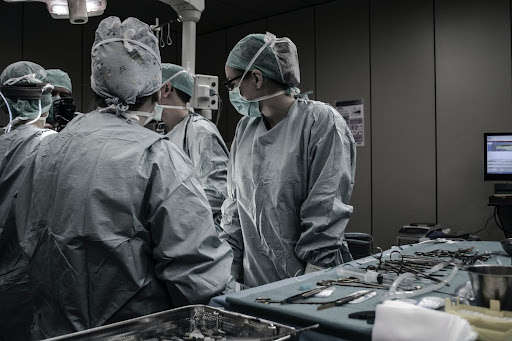Inflammatory illnesses and degenerative diseases, including Alzheimer’s, osteoarthritis, Parkinson’s disease, and others, have been successfully treated using stem cells worldwide.

However, even though its efficiency has been repeatedly proven, only a licensed stem cell clinic could provide this treatment.
Fortunately for you, there are several treatments you can avail in San Diego, such as:
Stem Cell Transplant
Damaged ones replace healthy blood cells via a stem cell transplant. Lymphoma and leukemia are a few diseases that the procedure could treat.
Bone marrow produces stem cells, which may develop into several blood cell types, including white blood cells, platelets, and red blood cells.
There’s a possibility to use bone marrow transplants when it’s been destroyed and can no longer produce healthy blood cells.
Cancer therapy may cause blood cells to be killed or damaged to which transplants could replace them.
When alternative therapies have failed, the advantages outweigh the dangers, and you are otherwise healthy despite your underlying illness, a stem cell transplant may be an option.
Autologous stem cell transplants may also be performed by harvesting stem cells from your own body and transplanting them after eliminating diseased or damaged cells.
Meanwhile, an allogeneic transplant involves transplanting healthy stem cells from one person’s bone marrow or blood to another.
It may take a year or more for you to recover from a stem cell transplant since it is a labor-intensive and time-consuming process.
Stem Cell Therapy
This refers to using stem cells and their derivatives in stem cell therapy, also recognized as regenerative medicine, to improve their repair responses.
It’s the next stage in organ transplantation since it utilizes cells rather than organs.
Researchers often grow these stem cells in the laboratory. That’s why cells like blood, brain, and heart muscle stem cells are genetically preprogrammed.
Once this has been accomplished, clinicians may transplant the cells into a human being. Cells may be injected into the heart muscle, for example, if the patient has heart problems.
They may help repair damaged heart muscle using the healthy heart muscle cells that were transplanted. In humans, bone marrow cells that can develop into heart-like cells have been shown to repair heart tissue. Additional study is ongoing.
Furthermore, this approach makes use of mesenchymal stem cells (MSCs). MSCs may replenish themselves by maturing and dividing into various cell types unique to a particular organ or tissue.
They use their signaling, self-renewal, anti-inflammatory, differentiation characteristics, and immunomodulatory to effect beneficial change inside the body.
As a result, mesenchymal stem cells can differentiate into a range of cell types such as neurons, adipose tissue, ligament/tendon, bone, cartilage, hepatocytes, and muscle.
Stem cell therapy has been studied to treat neurological, inflammatory, autoimmune, and orthopedic disorders, including COPD, stroke recovery, Crohn’s disease, Lupus, Multiple Sclerosis, ALS, and others.
For specific disorders, they don’t always serve as a cure. As a result, the idea is to help the body recover long enough to reduce the symptoms.
In many cases, this alone improves the quality of life of patients.
Summary
Although scientists must do much more study before medical professionals may use stem cell treatments in standard medical practice, the science behind stem cells is constantly evolving.
So, if you want to attempt this treatment to address a specific disease, talk to your doctor about clinical trials in your region.

